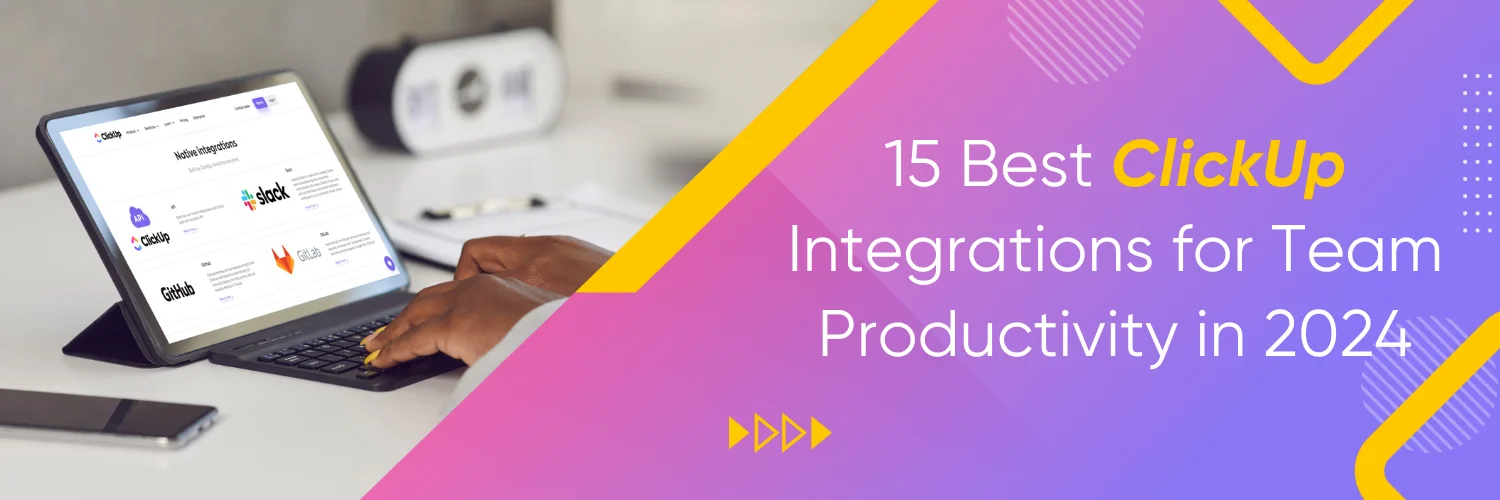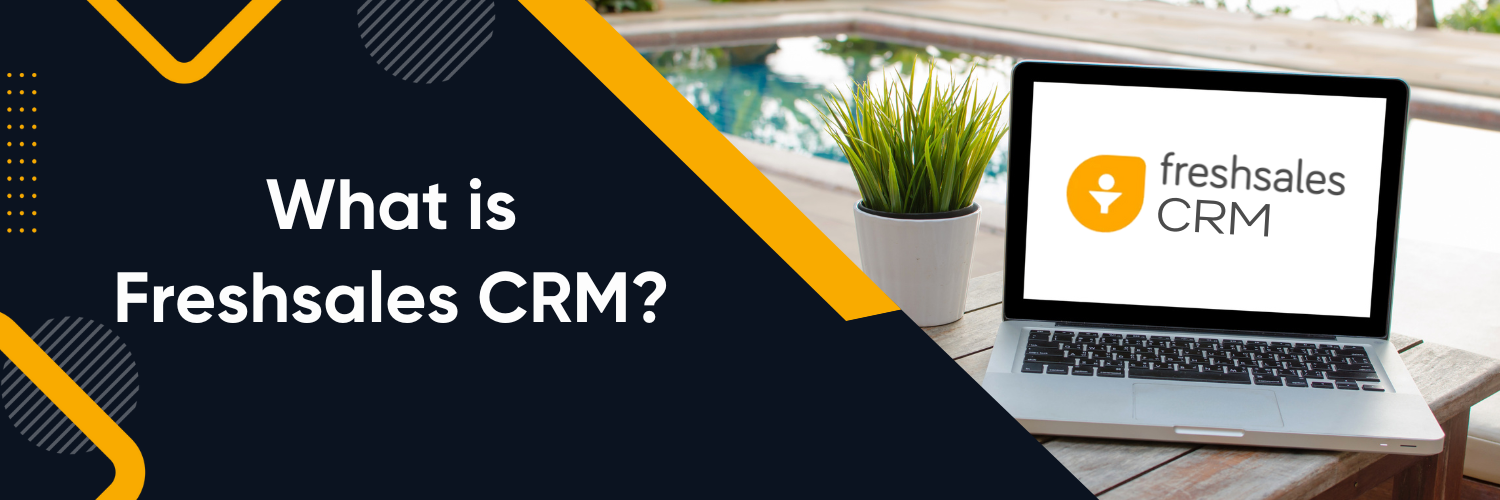Connecting software tools together is very important for business nowadays. It helps businesses work better, faster, and smarter. DocuSign is a top choice for managing documents electronically. When you link it with other software, you can automate tasks, make workflows slicker, and boost efficiency all around.
What is DocuSign Integration?
DocuSign integration refers to the process of connecting DocuSign with other software tools to create a seamless flow of information and actions between the systems. It enables users to initiate and track document signing processes directly from within their preferred software applications, eliminating the need for manual switching between different tools.
Benefits of Integrating DocuSign with other Software Tools
- It accelerates the document signing process by eliminating the need for printing, scanning, and manual document handling. Integration also improves data accuracy, reduces errors, and enhances compliance by automating document routing and archiving.
- It enhances collaboration between teams by facilitating real-time document sharing and approval workflows.
- DocuSign integration empowers organizations to achieve greater efficiency, productivity, and cost savings.
Common use cases for DocuSign integration
Integrating DocuSign with customer relationship management (CRM) systems allows sales teams to send contracts and agreements for signature directly from within the CRM interface.
- Integrating DocuSign with human resources (HR) software streamlines employee onboarding processes by automating document workflows.
- Integration with contract management systems enables legal departments to manage and track contract execution seamlessly.
DocuSign Integrations with Other Platforms
HubSpot
Integrating DocuSign with HubSpot streamlines your sales and marketing processes. You can send contracts and agreements directly from HubSpot, saving time and ensuring smooth communication with your leads and customers. This integration boosts efficiency and helps you close deals faster.
Related: DocuSign Integration with HubSpot: The Complete Guide
Salesforce
By integrating DocuSign with Salesforce, you can manage your documents seamlessly within your CRM platform. You can send contracts, proposals, and other documents for signature directly from Salesforce, eliminating the need for manual data entry and streamlining your sales workflow. This integration ensures that all your important documents are stored and managed in one place, increasing productivity and improving collaboration across your sales team.
Related: How to Automate Sales With DocuSign and Salesforce Integration
Slack
Integrating DocuSign with Slack brings document signing right into your team’s messaging platform. You can send, sign, and track documents without leaving Slack, making collaboration more efficient and reducing the need for email back-and-forth. This integration keeps your team connected and ensures that important documents are handled promptly.
QuickBooks
Integrating DocuSign with QuickBooks simplifies your invoicing and accounting processes. You can send contracts, estimates, and invoices for signature directly from QuickBooks, ensuring prompt payment and streamlining your financial workflow. This integration saves time, reduces errors, and improves cash flow management for your business.
Zendesk
Integrating DocuSign with Zendesk streamlines your customer support processes. You can send contracts, agreements, and other documents directly from Zendesk, making it easy to handle customer requests and inquiries. This integration improves response times, enhances customer satisfaction, and ensures that all documentation is securely stored and accessible within Zendesk.
WordPress
Integrating DocuSign with WordPress enhances your website’s functionality by enabling visitors to sign documents directly on your site. Whether it’s contracts, waivers, or registration forms, you can streamline the signing process and capture important information without users having to leave your site. This integration provides a seamless user experience and helps you convert leads more effectively.
Airtable
Integrating DocuSign with Airtable improves your data management and workflow automation. You can send documents for signature directly from Airtable, track their status, and automatically update your records once they’re signed. This integration increases efficiency, reduces manual tasks, and ensures that your data is always up-to-date and accurate.
Monday.com
Integrating DocuSign with Monday.com enhances your project management processes. You can streamline approvals, contracts, and other document-related tasks directly within your project boards, ensuring that everyone is on the same page and deadlines are met. This integration improves collaboration, boosts productivity, and helps you deliver projects more efficiently.
Microsoft 365
Integrating DocuSign with Microsoft 365 enhances your productivity and collaboration. You can easily send, sign, and manage documents directly from your favorite Microsoft apps like Word, Excel, and Outlook. This integration streamlines your document workflows, saving you time and ensuring that all your files are securely stored and accessible within the Microsoft 365 ecosystem.
Related: DocuSign eSignature for Microsoft Office 365
Stripe
Integrating DocuSign with Stripe simplifies your payment processes and improves your customer experience. You can automatically generate contracts, agreements, and invoices for signature upon payment confirmation, ensuring that transactions are completed smoothly and securely. This integration reduces administrative overhead, minimizes errors, and accelerates your revenue cycle.
Related: DocuSign and Stripe Integration: Streamline Payments
Zoom
Integrating DocuSign with Zoom revolutionizes your virtual meetings and webinars by enabling real-time document signing and collaboration. You can instantly share contracts, agreements, and other documents during Zoom meetings, allowing participants to sign electronically without ever leaving the call. This integration facilitates faster decision-making, improves engagement, and ensures that important documents are handled efficiently and securely.
Related: DocuSign for Zoom: Accelerating Deals through Automating Contracts
Key Takeaways
Integrating DocuSign with other software tools can transform how you handle documents. It streamlines workflows, boosts productivity, and fosters collaboration. Evaluate your needs, explore integration options, and select the method that suits you best. Embracing DocuSign integration opens up a world of efficiency and convenience in document management.
If you’re interested in topics like this or digital marketing trends, don’t forget to subscribe to our blogs for the latest insights and updates!
FAQs
Q: What is the cost of integrating DocuSign with other software tools?
The cost of integrating DocuSign with other software tools varies depending on factors such as the integration method, complexity of workflows, and any additional development or customization required. Contact DocuSign for specific pricing information.
Q: Are there any limitations to DocuSign integration?
DocuSign integration typically has no inherent limitations. However, the capabilities and limitations may vary depending on the specific software tools being integrated. Review the documentation and consult with the support teams of both DocuSign and the target software for any known limitations.
Q: Can I integrate DocuSign with multiple software tools simultaneously?
Yes, DocuSign allows integration with multiple software tools simultaneously. You can connect DocuSign with different systems, such as CRM, HR, and contract management tools, to create an integrated ecosystem that streamlines your document workflows.
Q: How long does it typically take to integrate DocuSign with another software tool?
The time required to integrate DocuSign with another software tool depends on factors such as the complexity of the integration, the chosen integration method, and the availability of pre-built integrations. Simple integrations using pre-built connectors can be completed in a few hours, while custom integrations may take days or weeks to implement.
Q: What level of technical expertise is required for integration?
The level of technical expertise required for integration depends on the chosen integration method. Pre-built integrations typically require minimal technical skills, as they are designed to be user-friendly. API integration and custom integrations may require more advanced programming knowledge and familiarity with the respective software’s APIs.
Q: Is there any technical support available for DocuSign integration?
Yes, DocuSign provides technical support for integration-related queries and issues. You can reach out to their support team or consult their documentation, developer resources, and community forums for guidance and assistance during the integration process.












